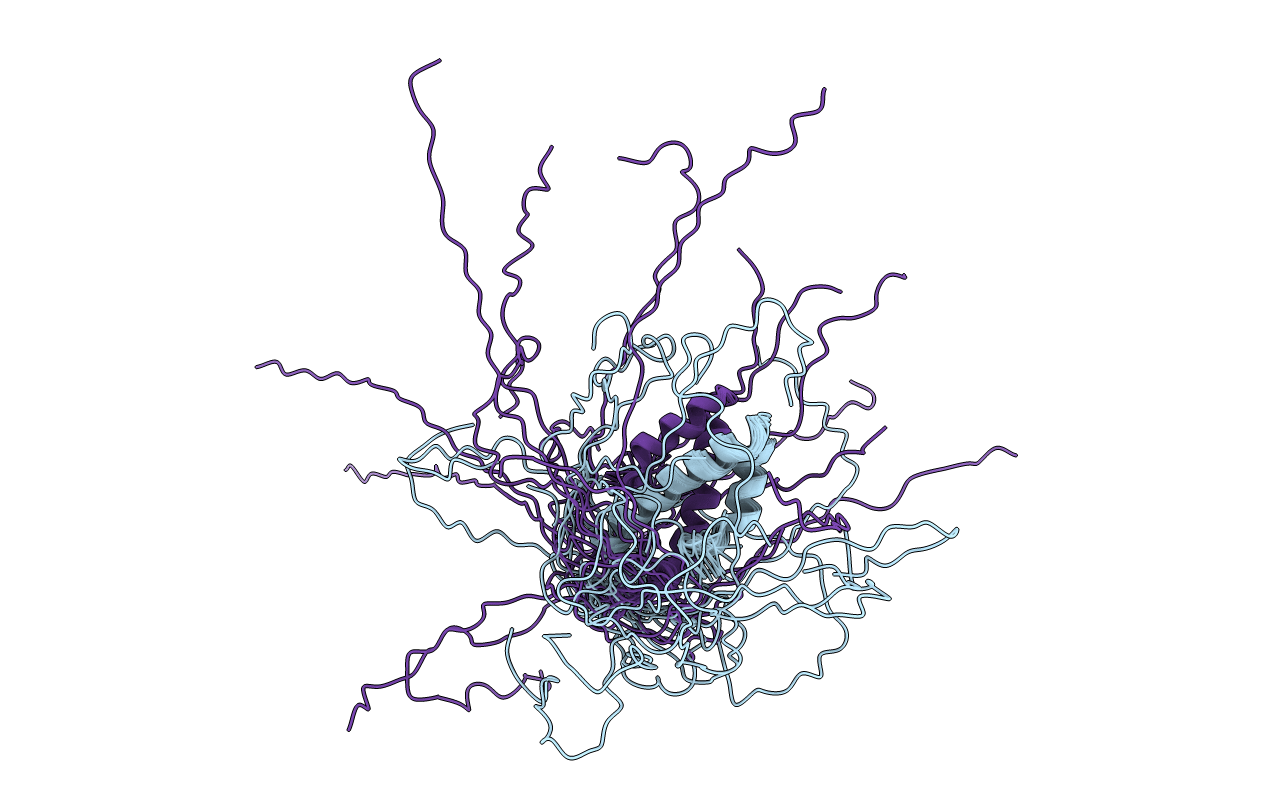
Deposition Date
2011-01-24
Release Date
2011-08-17
Last Version Date
2024-05-01
Entry Detail
PDB ID:
2L8T
Keywords:
Title:
Staphylococcus aureus pathogenicity island 1 protein gp6, an internal scaffold in size determination
Biological Source:
Source Organism:
Staphylococcus aureus (Taxon ID: 1280)
Host Organism:
Method Details:
Experimental Method:
Conformers Calculated:
50
Conformers Submitted:
20
Selection Criteria:
structures with the lowest energy


